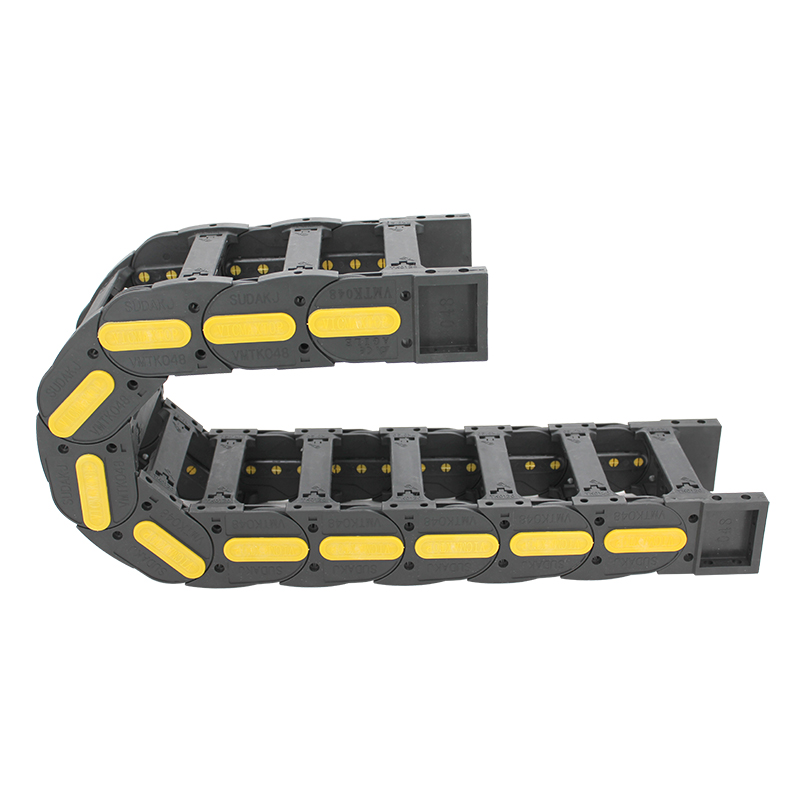synchronous belt
Understanding Synchronous Belts A Comprehensive Overview
Synchronous belts, often referred to as timing belts, are critical components in various mechanical systems. They are designed to transfer power between rotating shafts while maintaining precise timing and synchronization. This essential attribute makes them indispensable in numerous applications, ranging from automotive engines to industrial machinery.
Synchronous belts are typically made of reinforced materials, such as neoprene or polyurethane, combined with strong fibers like fiberglass or aramid. This construction allows them to handle significant tension and resist wear, ensuring longevity and reliability. The inner surface of the belt features teeth, which mesh with the corresponding sprockets or pulleys. This design minimizes slippage, allowing for accurate and efficient power transmission.
One of the primary advantages of synchronous belts is their precision. Unlike traditional V-belts, which can slip and lead to timing discrepancies, synchronous belts maintain a fixed relationship between the input and output shafts. This accuracy is crucial in applications where timing is vital, such as in camshaft and crankshaft synchronization in internal combustion engines. Moreover, the absence of slippage allows synchronous belts to operate at higher speeds and under heavier loads than their counterparts.
synchronous belt

Another significant benefit of synchronous belts is their quiet operation. The design and materials used in these belts contribute to reduced noise levels compared to chain drives or gear systems, which can produce substantial vibrations and sound. This characteristic makes synchronous belts particularly appealing in applications where noise reduction is a priority, such as in consumer appliances or office equipment.
Maintenance is also a key factor to consider. Synchronous belts typically require less maintenance than other types of power transmission systems. They do not require lubrication, and their durable construction reduces the likelihood of extensive wear. However, it is essential to monitor the tension and alignment regularly to ensure optimal performance and prevent premature failure.
In summary, synchronous belts play a crucial role in the reliable and efficient operation of various mechanical systems. Their ability to provide precise timing, reduce noise, and require minimal maintenance makes them a preferred choice in many industries, including automotive, industrial manufacturing, and robotics. As technology continues to evolve, the design and materials used in synchronous belts will likely advance, further enhancing their performance and application range.








